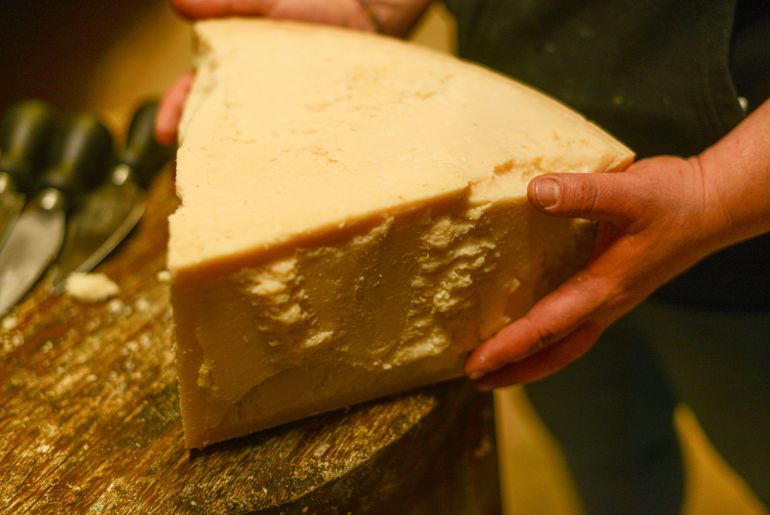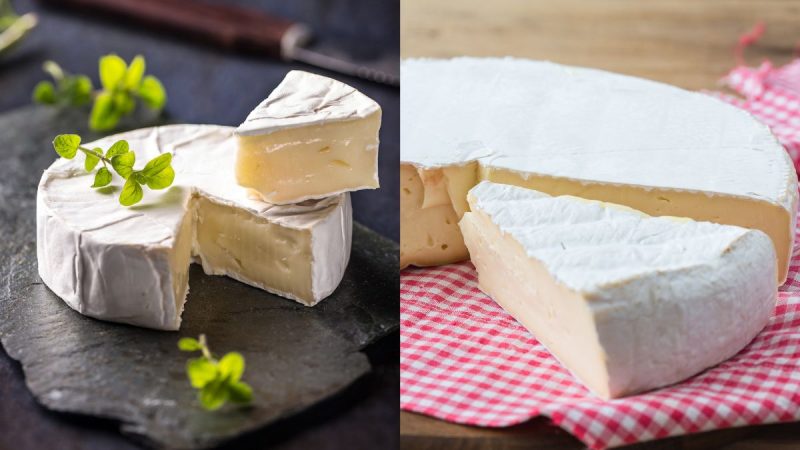France boasts a diverse array of cheeses that have become iconic symbols of its gastronomic identity. From the creamy Brie to the pungent Roquefort, these cheeses have been cherished for centuries. However, beneath the surface of this cheese paradise lies a troubling reality: many of France’s famous cheeses are now facing the threat of extinction.
Cheese In France Face Threat Of Extinction

Microbial diversity is collapsing, putting popular varieties like Camembert, brie, and blue cheese in danger of going extinct, according to a statement from France’s National Center for Scientific Research (CNRS). Each piece of Camembert or smear of Brie is an ecosystem, a collection of fungus and bacteria that convert milk lipids and proteins into hundreds of unique chemicals. These molecules create flavours, scents, and sensations. Every cheese begins as milk that has been allowed to curdle. The maturing process, or the stage that gives cheeses like Camembert their distinctive taste, is where microbes come into action.
In recent decades, however, some of those bacteria’ genetic diversity has dwindled. Today, some of the most famous French cheeses are made with a single vulnerable strain of fungi that is on the verge of extinction. It also serves as a reminder that biodiversity is important, even when it is not visible.
Why Is It Happening?
Nowadays, Penicillium camemberti, the mould that gives camembert and brie their fluffy white coatings and cherished smells of dirty socks, is used to make both kinds of cheese. Cheesemakers eventually discovered a specific type of mould that was quick to grow and provided cheese with a desirable white coating. Industrialisation and the desire for cheese that looked uniform made Penicillium camemberti the standard by the 1950s. These days, only this strain is utilised to make Camembert and brie.
Because Penicillium camemberti is incapable of reproducing on its own, it must be repeatedly cloned; as a result, each strain used to make cheese is genetically identical. Since every mould is an identical replica of the other, Penicillium camemberti could become extinct due to a single, horrible disease inflicted. These cheeses can still be saved, but they will need adjustments to our tolerance and taste. At the same time, innovation offers promising avenues for adaptation and resilience.
For in the story of France’s cheeses lies not just a culinary legacy, but a diverse mix of flavours, and smells that may await us in the future.
Cover image credits: Canva
First Published: March 14, 2024 5:48 PM





